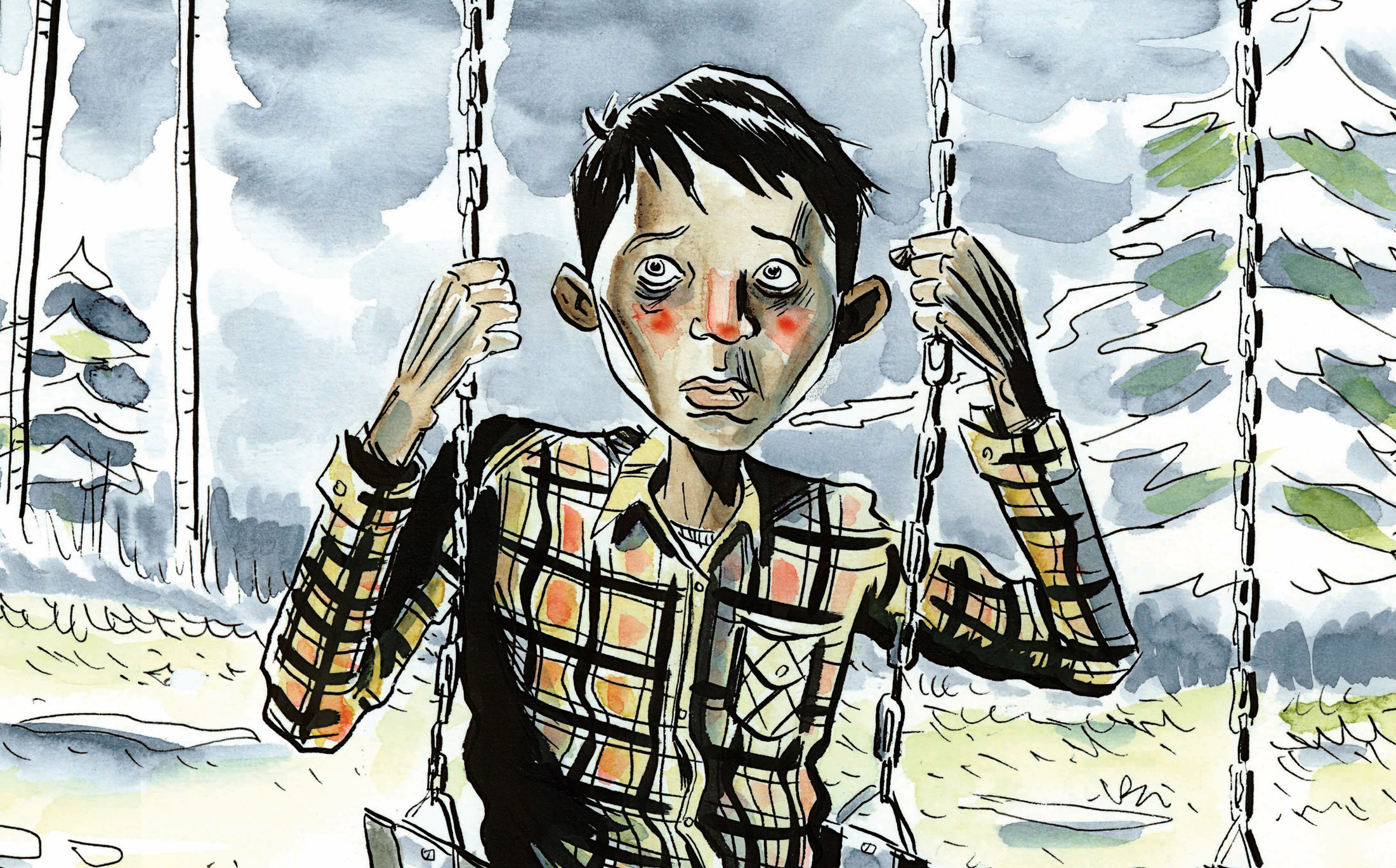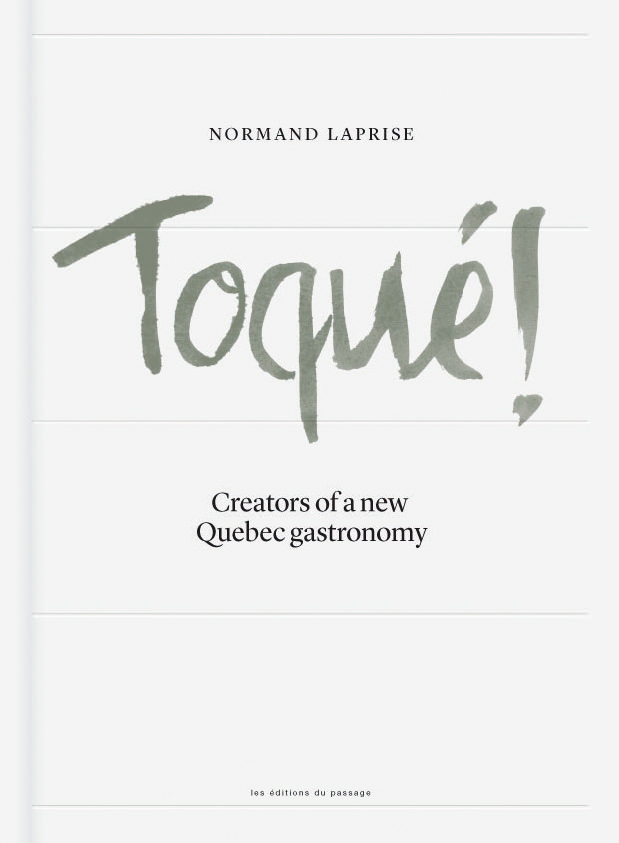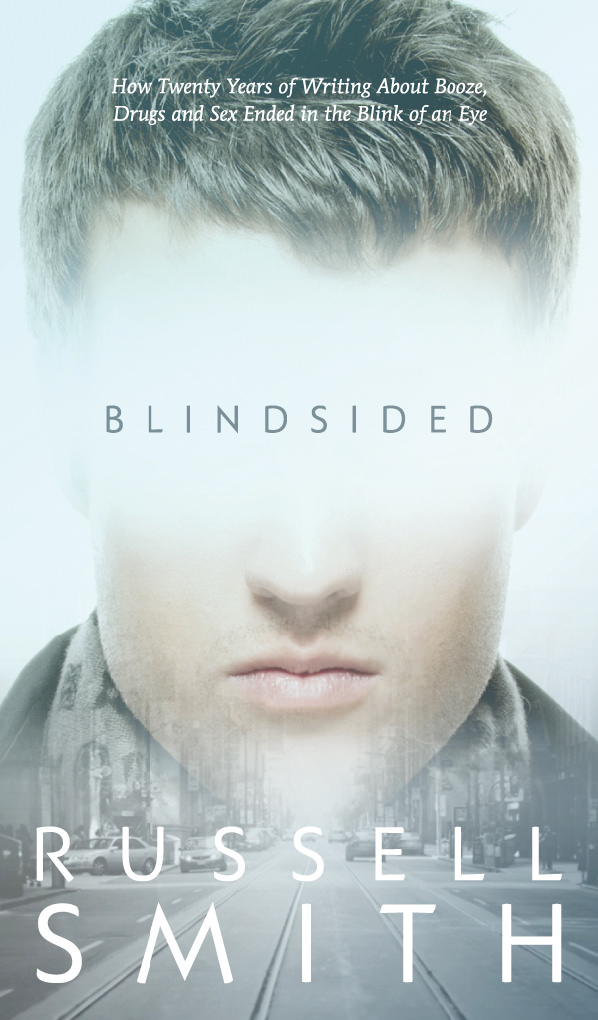The Graphic Novel Gets Political
Comic relief.

For Mike, it was Spider-Man. Ed was partial to Daredevil. Me: the swashbuckling adventures of Conan the Barbarian. Month after month, issue after issue, a fair-sized chunk of our youth was spent passing around dog-eared, finger-stained comics.
In the years since, the gang has grown up. So too have our comics. Spider-Man and company are now big business, generating north of a billion dollars a year in print sales, as well as countless more in movie and TV form, plus toy deals and other promotions. These days, you can download the entire back catalogue of a comic book series to your tablet, follow numerous series on the small screen, or wait until summer for the next installment in an endless stream of superhero blockbusters.
Beyond the Hollywood hit machine, comics have graduated from the rec room to the lecture hall, from junior high lockers to graduate seminars, from low culture to high art. No longer are they solely concerned with jumpsuit-clad heroes. Graphic novels—an admittedly loose term used to describe what we might label “grown-up” comics with darker, more serious themes, bound like books to give them an air of literary gravitas—now take up a large amount of bookstore shelf space.
Beyond the Hollywood hit machine, comics have graduated from the rec room to the lecture hall, from junior high lockers to graduate seminars, from low culture to high art.
Walk the aisles and you’ll find a tale for every taste, from Orwellian political satire (V for Vendetta) to politics-tinged autobiography (Persepolis) to Holocaust memoir (Maus). These are weighty, well-thought-out stories masquerading as Sunday afternoon escape fiction—a genre whose unique devices and motifs lend themselves to a particular kind of adult-oriented expression.
Perhaps more importantly, it’s an art form that seems totally of this moment, more vital than traditional media. Surely this is no coincidence. Compared with painting, sculpture, literature, drama, or dance, the graphic novel is a fitting expression of the zeitgeist, an articulation of an age in which reality itself seems increasingly distorted by shifting perspectives and a culture populated by heroes and villains.
The best graphic novels are a free-flowing synergy of words and pictures you might call “cinemature”—an alluring mash-up of serious literature and art house film, with a dash of pop art, a pinch of pulp fiction, and a great glob of noir-like attitude thrown in for good measure. Radical shifts in genre and point of view are the entire point, with stylized close-ups and panoramas, dramatic silhouettes, and chiaroscuro lighting intended to encourage you to see things in a different way.
Little wonder that graphic novels have quickly become a favourite means of conveying under-represented, non-privileged viewpoints. More than ever, graphic novels are the vehicle of choice for people who wish to present an alternate version of past, present, and future—to give voice to the minority, the abused, the unrecognized, the maligned, and the forgotten.
Graphic novels have quickly become a favourite means of conveying under-represented, non-privileged viewpoints.
Canada too has seen its stories in the pages of several recent graphic novels. Case in point: We Stand on Guard, a rip-roaring, action-packed retelling of David and Goliath, one that articulates every Canadian’s not-so-secret anxiety about our neighbour to the south.
Or how about Secret Path, a tribute to 12-year-old Chanie Wenjack that was released last year to some fanfare, by late Tragically Hip frontman Gord Downie and artist Jeff Lemire. Along with its companion album, Secret Path is a haunting indictment of our collective apathy toward Indigenous people, an 88-page cry-from-the-forest that uses not a single word—a pitch-perfect stand-in for the experience of generations of voiceless and ignored actors in an ongoing national drama.
Meanwhile on the West Coast, The Dregs examines how homelessness, gentrification, indifference, and no small amount of opiates are slowly “consuming” the population of Vancouver’s Downtown Eastside. Sure, the cannibalistic central metaphor has been around at least since Jonathan Swift offered his “modest proposal” for dealing with the tired and poor masses. But the gritty illustrations and hard-boiled narration are perfectly suited to both setting and theme.
Of course, the idea that entertainment can be a kind of relief is not new. But graphic novels have given the effort new life and elevated its messages from the level of mere propaganda. Yes, politics is more digestible when portioned into geometric panels and speech bubbles. But there’s also something else here: an interplay between medium and message. Graphic novels are proof of how a story becomes more poignant when told (and shown) from a different perspective—they are a way of calling on the oppressed to get up, stand up, and tell not only the story that’s widely known, but the other half that’s never been told.
Cover image of Secret Path by Gord Downie and Jeff Lemire, published by Simon and Schuster Canada.
_________
Never miss a story. Sign up for NUVO’s weekly newsletter.




